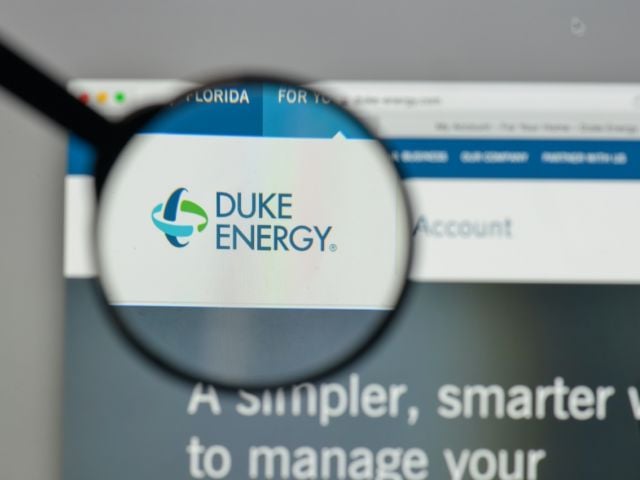Washington, D.C. - The White House today caved to industry pressure and backpedaled on the Environmental Protection Agency’s 2009 proposal to regulate coal ash – the toxic material that piles up in enormous quantities next to coal-burning power plants – as hazardous waste.
Under the EPA regulation released today, coal ash will be regulated under section D of the Resource Conservation and Recovery Act and subject only to a set of guidelines that state regulators can adopt – or ignore – instead of strong, federally enforceable rules that would be consistent nationwide. In addition, the guidelines apply only to the disposal of coal ash, not to the full lifecycle of this toxic material – generation, storage, transport, management and disposal.
“The EPA is failing in its mission to protect the public and the nation’s drinking water from the threat of hazardous coal ash,” said Renée Sharp, Environmental Working Group’s director of research. “This is the kind of weak, ineffective rule we would have expected under the Bush administration.”
The current push for more stringent regulation was prompted by a massive coal ash spill at a TVA plant in Tennessee in 2008, which blanketed more than 300 acres of land and made front-page headlines across the country. The leak was massive, but environmental contamination from coal ash is hardly unique to the TVA plant.
More than 100 million tons of coal combustion residues are produced every year and can contain high levels of hazardous metals including arsenic, lead, mercury, boron, molybdenum, cadmium and selenium. There are more than 1,000 coal ash storage ponds and at least 200 known cases of water contamination by coal ash across the country.
The EPA’s final rule:
- does not require states to enact any of its proposed safeguards for coal ash disposal;
- does not allow the agency to enforce state regulations that get enacted;
- does not address any of the public health and environmental concerns associated with generation, storage or transport of ash;
- does not require solid waste permitting at the state level;
- does not address the millions of tons of coal ash produced by facilities other than power plants, such as factories with coal boilers; and
- does not address the dangerous practice of disposing of coal ash in old mines, a practice linked to the contamination of drinking water supplies.
Another major flaw is that the U.S. EPA guidelines exempt any use of coal ash that could be deemed “beneficial” from regulation under RCRA. This could potentially include the use of coal ash as a soil additive to promote crop growth, as a traction aid on wintery roads or just landfill for construction projects. Drinking water in southeast Wisconsin, which has some of the highest rates of coal ash reuse in the country, is now widely contaminated by toxic molybdenum.
“Guidelines are just that – guidelines,” said Sharp. “They are voluntary only. Our children and families deserve more when it comes to protecting them from toxic coal ash. We need strong rules that protect public health and the environment, not weak guidelines that largely preserve the status quo.”


